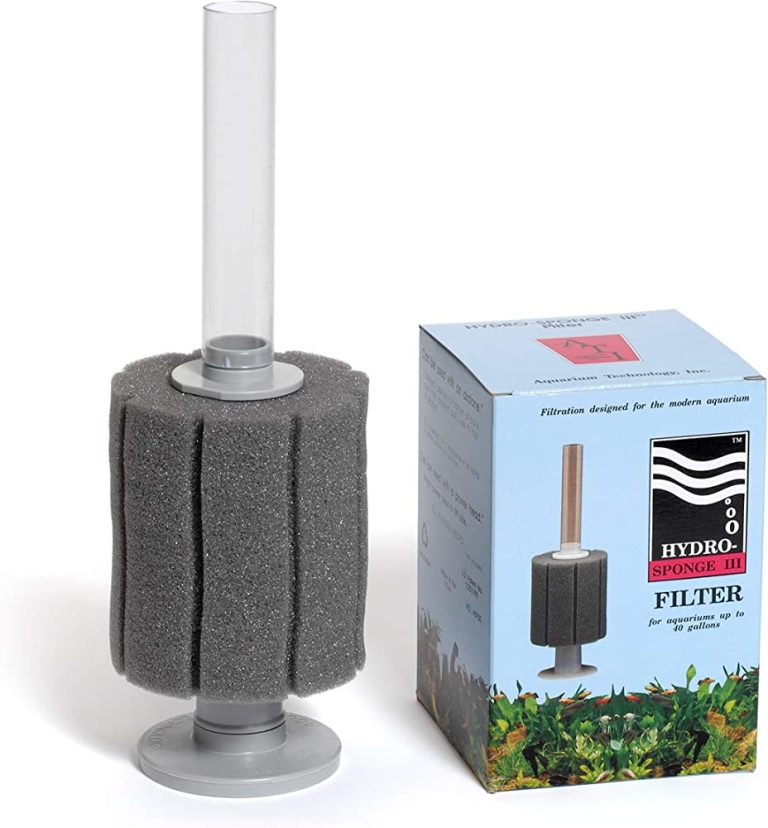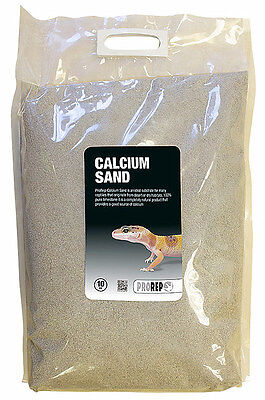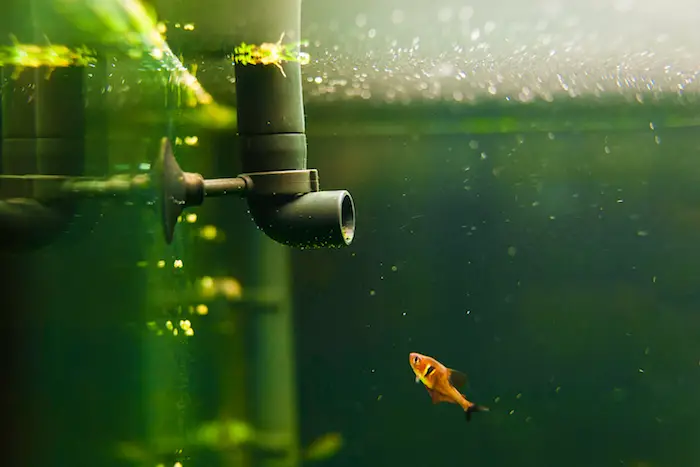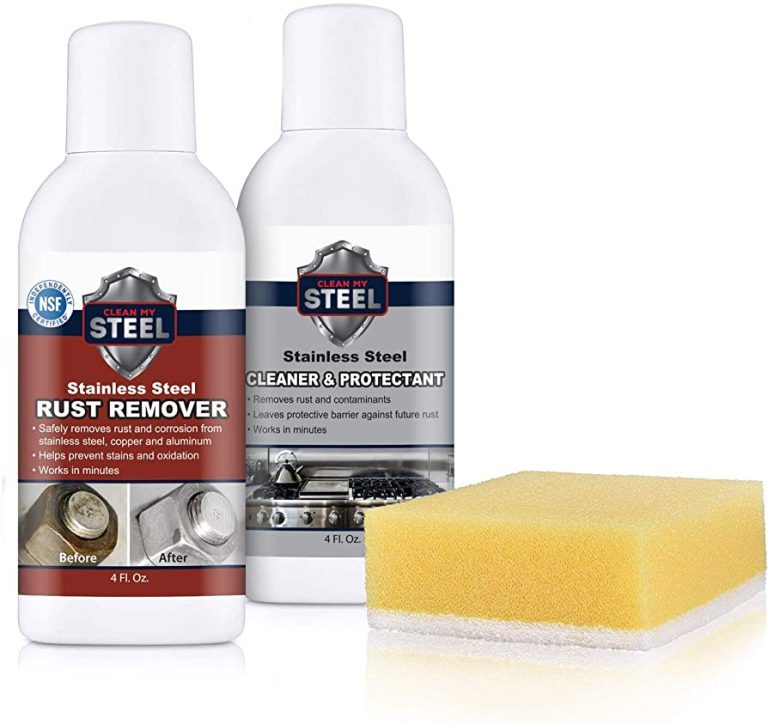Revive Your Fish: Tips for Dealing with Evaporated Fish Tank Water
Add water to your fish tank when it evaporates to maintain the proper level for your fish. When water evaporates from a fish tank, it is important to refill it immediately to ensure the proper level for your fish.
Not maintaining the correct water level will lead to potential health issues for your fish and may cause damage to any equipment or ornaments in the tank. In this article, we will discuss why water evaporates from fish tanks, how to prevent it, and what to do when it does occur.
We will also provide tips on maintaining the overall health of your fish and the proper care for their environment.
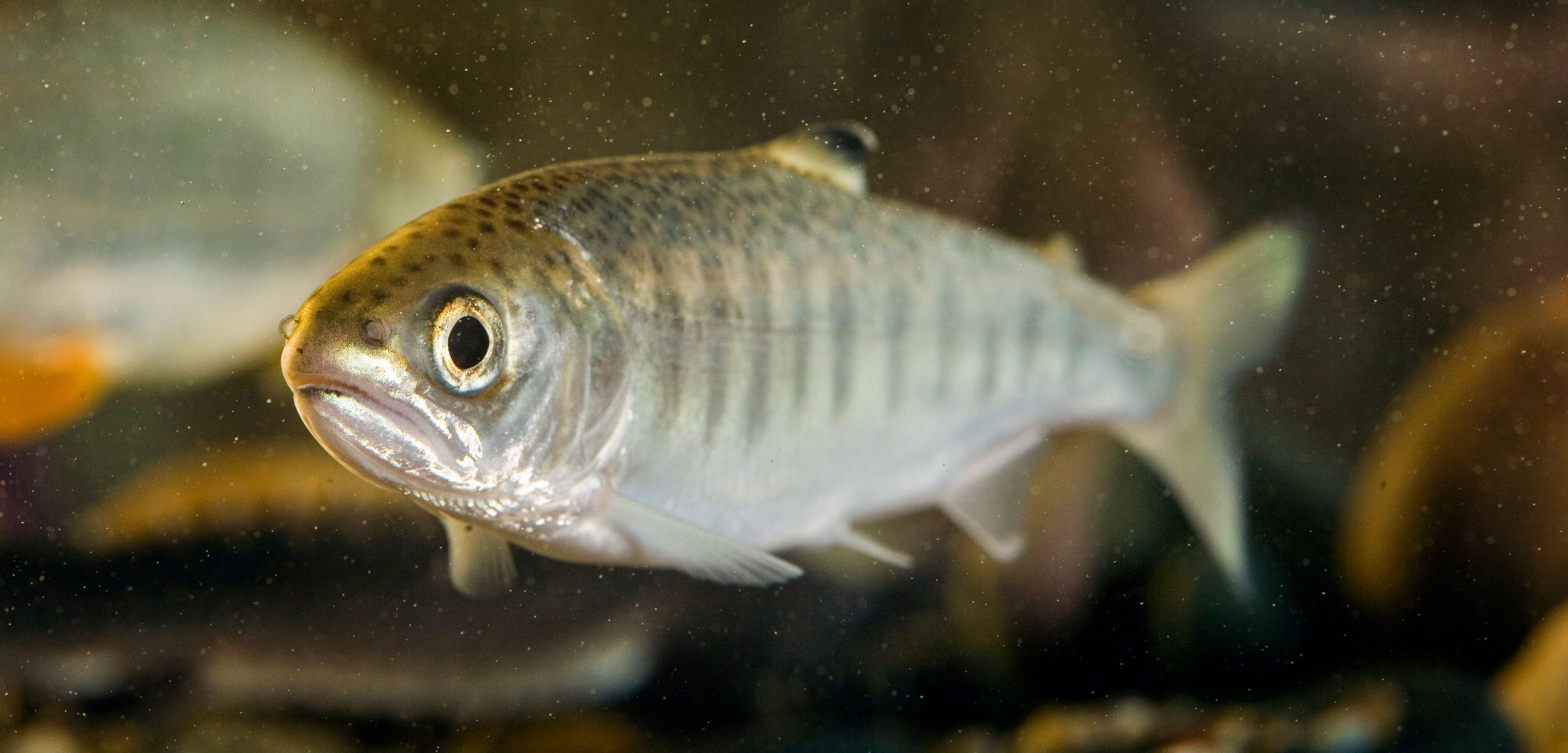
Credit: hakaimagazine.com
Why Evaporated Water Is A Concern For Fish Tanks
Evaporation is a common phenomenon that occurs in any liquids exposed to air, including water in fish tanks. While it may seem harmless, it can cause a series of problems in the aquarium environment. In this blog post, we’ll discuss the effects of evaporated water on fish and tips for preventing algae growth due to evaporated water.
Explanation Of The Effects Of Evaporated Water On Fish
When water evaporates from a fish tank, it leaves behind dissolved minerals, thereby causing the water hardness to increase. The increase in water hardness can lead to a range of problems for fish, including:
- Reduced oxygen levels: Increased water hardness leads to the presence of more dissolved minerals, which can lower the oxygen level in the water. This can cause fish to suffocate, leading to potentially fatal consequences.
- Difficulty breathing: High water hardness can also cause stress and difficulties in breathing for fish. This can result in decreased activity levels and appetite, making them more prone to infections and diseases.
- Imbalance of ph levels: As water hardness increases due to evaporation, the ph levels can also fluctuate, causing stress on fish and other aquatic organisms.
Tips For Preventing Algae Growth Due To Evaporated Water
Evaporated water leaves behind mineral deposits that can cause the aquarium glass to get cloudy and the growth of algae. Maintaining the water level in the aquarium is an essential step to ensure the water chemistry stays balanced. Here are some tips that can help prevent algae growth due to evaporated water:
- Regular water top-ups: Maintaining the water level can help prevent the accumulation of mineral deposits, including nitrates, carbonates, and phosphates, which contribute to algae growth. An aquarium water pump can be used to circulate the water and prevent the accumulation of unwanted minerals.
- Use a cover: Covering the aquarium with a lid can prevent water from evaporating and protect the fish and plants from physical damage. It could also reduce the need for frequent water changes, which can be stressful for sensitive aquatic organisms.
- Water quality testing: Regular water quality testing can help detect any fluctuations in water hardness, ph, and other parameters that could lead to algae growth. Maintaining optimal water conditions, such as low nitrates levels (less than 10 ppm) can help prevent algae growth.
The effects of water evaporation in fish tanks shouldn’t be taken lightly; it can cause considerable harm to the aquatic life within. As responsible fish keepers, it’s our responsibility to maintain optimal water quality to prevent any potential problems caused by evaporated water.
By following these simple tips, we can ensure a healthy and thriving aquarium environment.
Understanding Water Chemistry In A Fish Tank
Fish tanks are a delicate ecosystem that relies on a balance of several key factors. Understanding water chemistry is crucial to maintaining a healthy environment for your fish to thrive in. The four main components of water chemistry in a fish tank are ph, ammonia, nitrites, and nitrates.
Explanation Of Ph, Ammonia, Nitrites, And Nitrates In Fish Tanks
- Ph: The ph level measures the acidity or alkalinity of the water. A ph level of 7.0 is considered neutral, and levels above or below indicate either alkalinity or acidity. Different fish species thrive in different ph levels, so it is important to research the needs of your fish.
- Ammonia: Ammonia is produced by fish waste and leftover food. It is highly toxic to fish in high levels and can lead to ammonia poisoning, causing fish to become sick or die. It is essential to regularly monitor and eliminate excess ammonia in the tank.
- Nitrites: Nitrites are formed by bacteria breaking down ammonia. Although less toxic than ammonia, high nitrite levels can still be harmful to fish. It is important to keep nitrite levels at zero.
- Nitrates: Nitrates are the final byproduct of the nitrogen cycle in a fish tank. They are relatively non-toxic compared to ammonia and nitrites but can still affect fish health if levels are too high.
How Evaporation Affects The Balance Of Water Chemistry In Fish Tanks
Evaporation is a natural process in fish tanks that can lead to significant changes in water chemistry. The most significant impact of evaporation is an increase in the concentration of minerals and dissolved substances in the remaining water. This can cause a shift in the ph level, making it more alkaline.
Additionally, evaporation increases the concentration of toxins, such as nitrates and ammonia, leading to poor water quality. To maintain a healthy fish tank environment, it is important to monitor and replenish water lost to evaporation regularly.
Understanding water chemistry in a fish tank is critical for maintaining a healthy and thriving aquarium. Regular testing and monitoring of ph, ammonia, nitrite, and nitrate levels, along with managing water evaporation, are essential for ensuring the long-term health of your aquatic pets.
Best Practices For Refilling Water In A Fish Tank
Fish are fascinating creatures, but keeping them healthy requires effort, and one of the most vital elements in a fish’s habitat is clean water. However, water evaporation is a normal occurrence that can leave your fish tank with insufficient water levels.
We will focus on the best practices for refilling water in a fish tank, and why it’s essential to use the right water source and water conditioner to maintain good water quality.
Importance Of Using The Right Water Source And Water Conditioner
The water source and the type of water conditioner you use play a pivotal role in keeping your fish healthy. Here are some vital points to keep in mind when choosing a water source and water conditioner:
- Use a dechlorinator to neutralize the harmful chemicals such as chlorine, which can be present in tap water.
- Check local water reports for information on potential contaminants or chemicals in your tap water.
- Use a water conditioner that is suitable for the fish species in your tank.
- Water conditioners help remove nitrates, which are harmful to fish, from the water.
Steps For Refilling Water Properly
Refilling the water in your fish tank is a routine task that requires some attention to detail to ensure that your fish remain healthy. Here are some essential steps to follow:
- Begin by unplugging electrical devices in the tank, such as heaters and filters, to avoid potential damage.
- Clean the tank using a gravel vacuum, removing uneaten food, fish waste, and debris from the bottom of the tank.
- Fill a clean bucket with the appropriate amount of water. Use a thermometer to ensure that the temperature of the water matches the tank water.
- Add a water conditioner to the bucket and stir well.
- Slowly pour the water into the tank, using a plate or a cup to diffuse the flow of water to prevent disturbing the fish, or damaging aquatic plants and decorations.
- Refill the tank to the appropriate water level.
- Ensure that the water temperature is within the acceptable range for your fish species, and that the filter and other devices are functioning correctly.
- Wait for at least 15 minutes before plugging in all the devices to avoid electrical shock.
Maintaining clean and healthy water for your fish is crucial to their well-being. By using the appropriate water source and conditioner and following the proper steps for refilling the tank, you can ensure that your fish live in a healthy habitat.
How To Revive Fish After Some Of The Water Has Evaporated
It is normal for the water in a fish tank to evaporate over time. However, seeing less water in your tank might alarm you. When the water level decreases, it can cause several issues for your fish which may result in their death.
If the water has evaporated to a dangerous level, here are some tips on how to revive your fish after some of the water has evaporated.
Explanation Of The Process Of Gradually Adjusting The Tank Water
To revive your fish tank, it is crucial to restore the water level slowly. Here is what you should do:
- First, get fresh water to refill the tank. Make sure the water temperature is similar to the water that evaporated.
- Slowly pour the water into the aquarium. You can use a cup or bowl to disperse the water while pouring. Make sure the water pressure is low to prevent disturbing the fishes.
- Once the water level is increased, let the filter run and monitor the water temperature and ph level.
- To maintain the balance of the tank, it is necessary to add bacteria supplements and adjust the water parameters slowly over several days.
Tips For Safely Reintroducing Fish Into The Tank
Before adding fish, you need to check the quality of the tank water. Here is what to know:
- Check the water temperature and ph level to ensure they are ideal for your fish.
- You should wait until the chlorine and chloramine have dissipated before reintroducing your fish.
- Add a dechlorinator to the fresh water before you pour it into the tank.
- Do not add all the fish at once. Instead, introduce them in small numbers over several days.
- Monitor your fish after adding them to the tank. Look for abnormal behavior like swimming near the surface or lying at the bottom of the tank.
By following these tips, you can safely revive your fish after some of the water has evaporated. Keep in mind that it is necessary to maintain a constant and stable environment in the fish tank to ensure the health of your fish.
Frequently Asked Questions On What To Do When Water Evaporates From Fish Tank
How Often Should I Check The Water Level In My Fish Tank?
It is recommended to check daily and refill as necessary to maintain a stable water level.
Is It Normal For Water To Evaporate From A Fish Tank?
Yes, it is natural for water to evaporate from a fish tank due to heat, filtration, and oxygenation.
What Happens If The Water Level In My Fish Tank Drops Too Low?
If the water level drops too low, it can cause stress to your fish and potentially harm them.
How Can I Prevent Excessive Evaporation In My Fish Tank?
Covering your fish tank, maintaining a proper water temperature, and reducing air flow can all help to prevent excessive evaporation.
Conclusion
As responsible fish enthusiasts, we should prioritize the well-being of our aquatic pets, and keeping the tank at optimal levels is essential for their health. With water evaporation being a common issue, it’s crucial to understand the causes and potential consequences of letting it slip by.
By following the steps outlined in this guide, you can easily and efficiently manage water loss. Regular monitoring of the water level, swift action in the event of evaporation, and suitable equipment for maintaining constant temperatures and humidity levels will ensure your fish thrive in their home.
Whether you’re a novice or experienced fish enthusiast, maintaining the proper water level is a fundamental aspect of fishkeeping, and your diligence will go a long way in providing a safe and healthy home for your beloved pets. So, keep an eye out for water loss, and act quickly for a clean and healthy environment.

